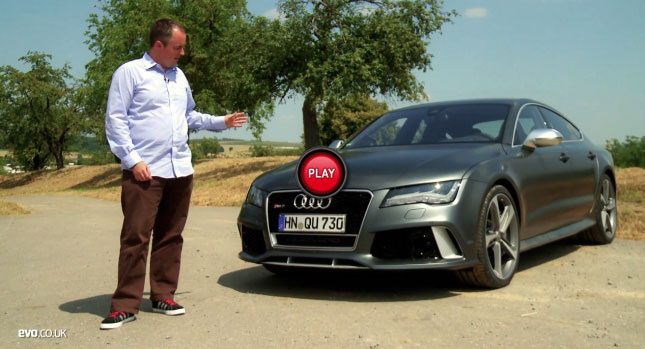It’s funny how the term “muscle car” has kind of lost its meaning in recent years, when referring to new models, as the automotive industry has moved on.
Whereas in the golden days (1960s – 1970s), Americans (and Australians, occasionally) were renowned around the world for their fast in-a-straight-line muscle cars, Europeans, and in particular Germans, were hard at work engineering their models to be the very best at absolutely everything, including (and especially, in the case of BMW) being great driver’s cars.
However, that is frankly no longer the case, and the modern versions of the models that used to be called muscle cars in the past, are now genuinely good on both the drag strip and twisty back roads.
Reviews indicate that the likes of the Chevy Camaro, Ford Mustang and Dodge Challenger are at least satisfactory in most aspects, so therefore, I think that while the designation is still relevant, the names it is associated with are not.
For instance, if you are to watch the review we’ve posted below, courtesy of EVO, the Audi RS7 is the closest thing we have to a muscle car. It is criticized for having very vague steering, and other reviews of other similar Audis have shown that while the Quattro all-wheel drive system provides tons of grip, it certainly does not make a perfect driver’s car – it returns too much understeer.
Besides, its engine is a beast, and it is well-appointed and luxurious, but frankly, from the looks of it, I wonder if it deserves the RS badge, which like some of BMW’s M equivalents, has lost its meaning, being slapped onto the back of vehicles that never deserved it, as a mere marketing artifice.
I think they should have stuck to making an S7 (and S6, because they share the same underpinnings, therefore driving pretty much the same). It gets to 100 km/h (62 mph) in less than 5 seconds, has the same great V8 engine note and limited top speed, while costing a fair bit less.
Feel free to agree or disagree with me – the comments section is all yours.
VIDEO



